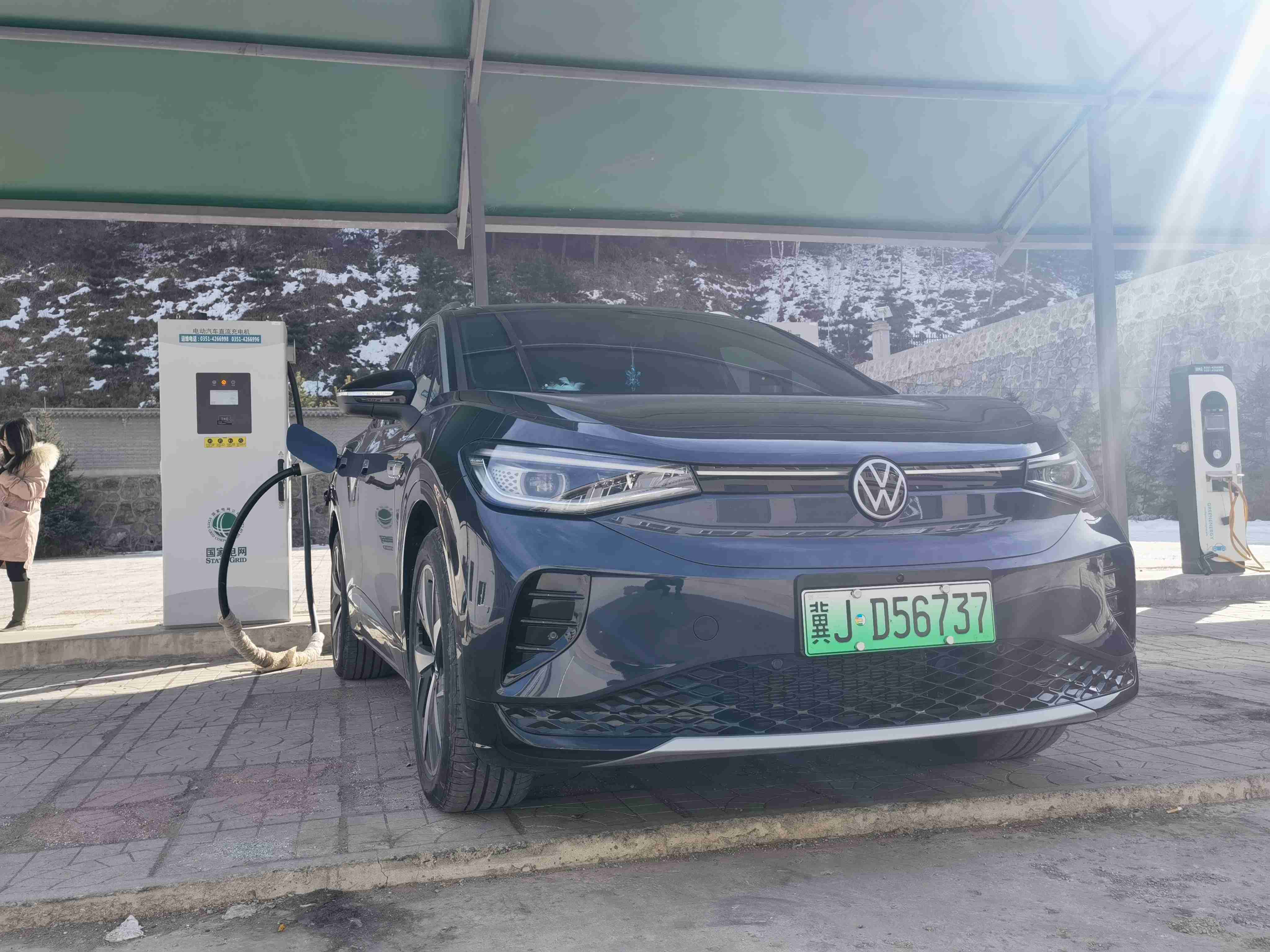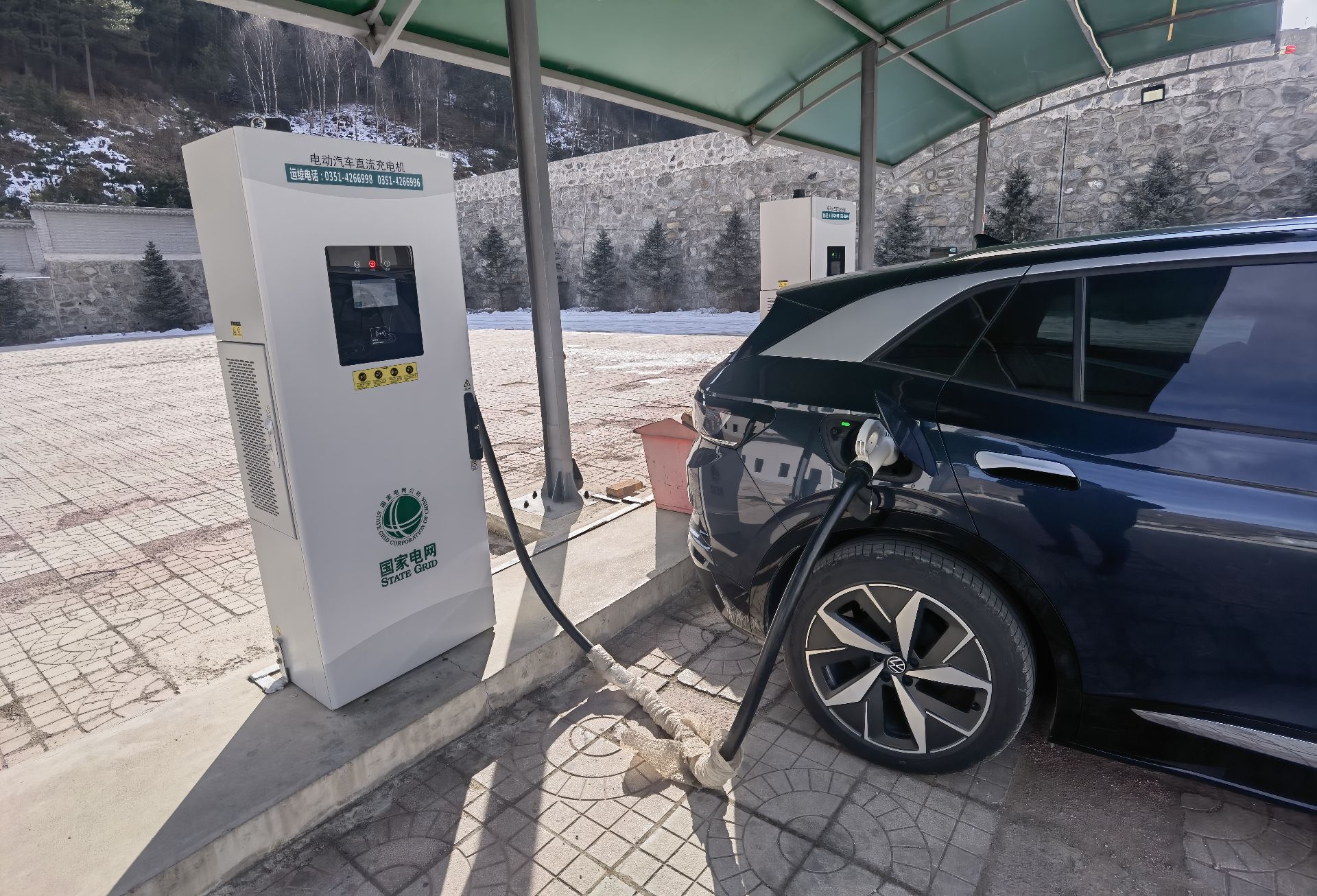The electric car has been running for a year, and I suddenly want to know about battery maintenance. Maybe it’s like reaching middle age, wanting to be healthy and long-lived. Not knowing how to maintain it will cause a lot of trouble in the future.
Although my car, ID, is still in excellent performance after running for only a year, it will accompany me for many years to come. Therefore, I should learn more about battery maintenance skills.
First of all, it is necessary to know how the life of a battery is calculated. The battery has a certain number of charging cycles, also known as a charging period. One charging cycle refers to the process of charging the battery from 100% to 0%, and then from 0% to 100% again.
The service life of a lithium battery is not calculated based on the number of years it is used but on the number of charging cycles.
So, how should we maintain the battery?
First of all, it should be “shallowly charged and shallowly discharged”. This means that the battery should not be completely drained before charging. Charging when there is 30%-50% battery left can reduce the number of full charging and discharging cycles of the battery. Even if the driving distance is not long, it is recommended to charge the car every day, which will keep the battery in a shallow cycle state and extend the battery life. This is much more convenient for users who have slow charging piles at home.
Secondly, do not “overcharge and over-discharge”. That means when the battery level is too low, it should be stopped immediately and charged as soon as possible. The charging time should not be too long, otherwise overcharging will occur. In daily short-distance travel, the high-voltage battery should be charged to an average maximum capacity of 80%. Overcharging and over-discharging will both shorten the battery life.
Under normal circumstances, the battery charging time is about ten hours, and overcharging should be avoided. When preparing for a trip, arrange the charging stops in advance to avoid insufficient battery power while driving, which will severely shorten its service life.The charging strategy for pure electric vehicles should prioritize slow charging and use fast charging as a supplement. Fast charging can cause significant damage to the power battery due to the high charging current. Therefore, it is recommended to primarily use slow charging and only use fast charging when necessary. In other words, if you have the conditions for installing a charging pile at home, it is best to charge the car as needed.

This article is a translation by ChatGPT of a Chinese report from 42HOW. If you have any questions about it, please email bd@42how.com.
